Home>Home Appliances>Home Automation Appliances>How Does A Smart Thermostat Work
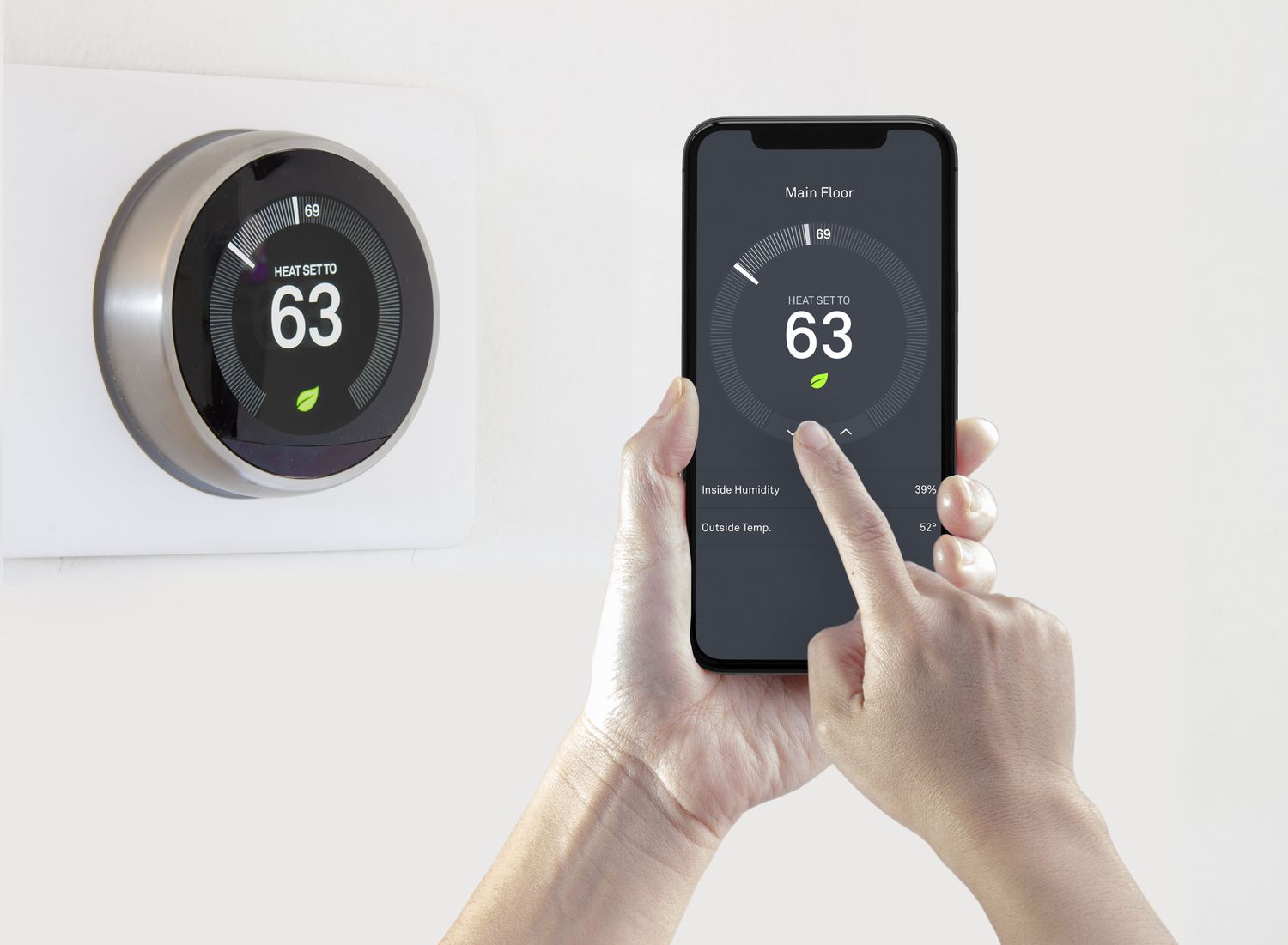

Home Automation Appliances
How Does A Smart Thermostat Work
Modified: August 27, 2024
Discover how smart thermostats, a key component of home automation appliances, work to optimize energy usage and enhance comfort in your home. Explore the benefits of smart thermostats today.
(Many of the links in this article redirect to a specific reviewed product. Your purchase of these products through affiliate links helps to generate commission for Storables.com, at no extra cost. Learn more)
**
Introduction
**
Smart thermostats have revolutionized the way we interact with our home environments, offering unparalleled convenience, energy efficiency, and cost savings. These innovative devices have transformed traditional temperature control into a seamless and intuitive experience, allowing homeowners to optimize their comfort while reducing energy consumption. In this article, we will delve into the fascinating world of smart thermostats, exploring their functionality, components, and the myriad benefits they offer. Whether you're a tech enthusiast or simply seeking to enhance your home's energy efficiency, understanding how smart thermostats work can empower you to make informed decisions about your living space. Let's embark on a captivating journey through the realm of smart home technology and discover the inner workings of these intelligent devices.
Key Takeaways:
- Smart thermostats use advanced technology to learn your habits and adjust the temperature, saving energy and money while keeping you comfortable.
- With smart thermostats, you can control your home’s temperature from anywhere, using your phone or voice commands, making it easy to stay comfortable and save energy.
Read more: How Does Wireless Thermostat Work
Understanding the Basics of Smart Thermostats
At their core, smart thermostats are advanced temperature control systems designed to optimize comfort and energy efficiency. Unlike traditional thermostats, which require manual adjustments and operate on predetermined schedules, smart thermostats leverage cutting-edge technology to learn user preferences, adapt to changing conditions, and seamlessly integrate with smart home ecosystems.
One of the key features that sets smart thermostats apart is their ability to learn from user behavior and adjust temperature settings accordingly. Through sophisticated algorithms and machine learning capabilities, these devices analyze patterns in temperature adjustments, occupancy, and external factors to create personalized heating and cooling schedules. This adaptive approach not only maximizes comfort but also minimizes energy waste by ensuring that heating and cooling systems operate at optimal levels only when needed.
Moreover, smart thermostats often incorporate intuitive interfaces and user-friendly controls, allowing homeowners to effortlessly manage their indoor climate. Whether through dedicated mobile apps, voice commands, or integrated smart home platforms, users can remotely monitor and adjust temperature settings, receive energy usage insights, and even receive maintenance alerts. This seamless accessibility empowers individuals to take control of their home environment while promoting energy conservation and cost savings.
By harnessing the power of connectivity, machine learning, and user-centric design, smart thermostats have redefined the way we interact with our living spaces. These intelligent devices not only offer unparalleled convenience and comfort but also play a pivotal role in promoting sustainable and efficient energy usage. As we delve deeper into the components and functionality of smart thermostats, we will uncover the intricate mechanisms that enable these devices to optimize comfort, conserve energy, and elevate the overall quality of the home environment.
Components of a Smart Thermostat
Smart thermostats encompass a range of sophisticated components and sensors that work in harmony to deliver precise temperature control and energy management. These components are meticulously designed to gather data, process information, and execute commands, ultimately creating an intelligent and responsive heating and cooling system. Let’s explore the fundamental components that form the backbone of a smart thermostat:
- Temperature Sensors: At the heart of every smart thermostat are highly accurate temperature sensors that continuously monitor the ambient conditions within the home. These sensors detect fluctuations in temperature and enable the thermostat to make real-time adjustments, ensuring a consistent and comfortable indoor climate.
- Occupancy Sensors: Many advanced smart thermostats are equipped with occupancy sensors, which detect movement and presence within the home. By analyzing occupancy patterns, the thermostat can optimize energy usage based on whether the house is occupied or vacant, thereby minimizing unnecessary heating or cooling.
- Connectivity Modules: Smart thermostats integrate seamlessly with Wi-Fi and other communication protocols, enabling remote access and connectivity with smart home devices. This connectivity facilitates the exchange of data, software updates, and interaction with user interfaces, empowering homeowners to manage their thermostat from anywhere.
- Display Interfaces: Intuitive and informative display interfaces provide users with real-time feedback on temperature settings, energy usage, and system status. Whether through touchscreens or LED displays, these interfaces offer a user-friendly platform for interacting with the thermostat and accessing vital information.
- Learning Algorithms: Smart thermostats leverage advanced learning algorithms to analyze user behavior, temperature patterns, and external factors. By continuously learning and adapting, these algorithms create personalized heating and cooling schedules that align with the occupants’ preferences and lifestyle, optimizing both comfort and energy efficiency.
- Compatibility Modules: To ensure seamless integration with existing HVAC systems, smart thermostats often incorporate compatibility modules that support a wide range of heating, ventilation, and air conditioning equipment. These modules enable the thermostat to communicate effectively with HVAC components, maximizing system compatibility and performance.
By harmonizing these essential components, smart thermostats deliver a holistic and intelligent approach to temperature control, empowering homeowners to optimize their indoor environment with precision, efficiency, and convenience. As we delve deeper into the intricacies of smart thermostat technology, we will uncover the remarkable synergy of these components and their collective impact on home comfort and energy management.
How Smart Thermostats Learn and Adapt
Smart thermostats are equipped with sophisticated learning capabilities that enable them to adapt to user preferences, environmental changes, and occupancy patterns. Through a combination of machine learning algorithms, occupancy detection, and user interaction, these intelligent devices continuously refine their heating and cooling strategies, ultimately optimizing comfort and energy efficiency.
One of the key mechanisms through which smart thermostats learn and adapt is through the analysis of user behavior and temperature adjustments. By monitoring the frequency and timing of temperature changes, as well as the duration of occupancy, the thermostat gains insights into the occupants’ comfort preferences and daily routines. Over time, this data is utilized to create customized heating and cooling schedules that align with the users’ lifestyle, ensuring that the home is consistently comfortable while minimizing energy consumption.
Occupancy sensors play a crucial role in the adaptive capabilities of smart thermostats. By detecting movement and presence within the home, these sensors provide valuable input for the thermostat to adjust temperature settings based on occupancy patterns. For instance, if the occupancy sensors detect that the house is unoccupied, the thermostat can automatically adjust the temperature to an energy-saving mode, reducing unnecessary heating or cooling when no one is present.
Furthermore, smart thermostats often incorporate feedback mechanisms that allow users to interact with the device and provide input on their comfort preferences. Whether through manual adjustments, voice commands, or mobile app interfaces, users can fine-tune the thermostat’s settings and provide direct feedback, enabling the device to continuously refine its temperature control strategies based on user input.
By amalgamating these learning mechanisms, smart thermostats evolve into dynamic and adaptive systems that cater to the unique needs of each household. The seamless integration of user behavior analysis, occupancy detection, and interactive feedback fosters an environment where the thermostat becomes attuned to the occupants’ comfort requirements, leading to optimized energy usage and a personalized home climate. As we delve deeper into the realm of smart thermostat technology, we will uncover the intricate interplay of learning and adaptation that underpins the unparalleled performance of these intelligent devices.
Tip: A smart thermostat works by using sensors to detect the temperature in your home and adjusting the heating or cooling system to maintain a comfortable environment. It can also be controlled remotely through a smartphone app, helping you save energy and money.
Connectivity and Integration with Smart Devices
Smart thermostats are designed to seamlessly integrate with a wide array of smart home devices and platforms, fostering a cohesive ecosystem that enhances convenience, energy efficiency, and overall home management. Through robust connectivity options and interoperability with smart home technologies, these innovative devices offer a holistic approach to temperature control and environmental optimization.
Wi-Fi connectivity serves as a cornerstone of smart thermostat functionality, enabling remote access, software updates, and data exchange. By leveraging Wi-Fi connectivity, users can remotely monitor and adjust their thermostat settings through dedicated mobile apps, web interfaces, or voice commands, providing unprecedented flexibility and control over their home environment.
Moreover, smart thermostats often integrate with popular smart home platforms and virtual assistants, such as Amazon Alexa, Google Assistant, and Apple HomeKit. This integration allows users to manage their thermostat using voice commands, create automation routines, and synchronize temperature control with other smart devices, such as lighting, security systems, and entertainment setups.
The interoperability of smart thermostats extends beyond voice control, encompassing seamless integration with HVAC systems, air quality monitors, and occupancy sensors. By harmonizing these devices within a unified smart home ecosystem, homeowners can orchestrate a comprehensive approach to environmental management, optimizing comfort, energy efficiency, and indoor air quality.
Furthermore, smart thermostats often feature open APIs and developer-friendly platforms that encourage the creation of third-party integrations and custom applications. This extensibility fosters a diverse ecosystem of compatible devices and services, allowing users to tailor their smart home experience to their specific needs and preferences.
By embracing connectivity and integration with smart devices, smart thermostats transcend traditional temperature control, evolving into central components of a cohesive and intelligent home environment. The seamless interoperability with Wi-Fi, smart home platforms, and complementary devices empowers users to orchestrate a harmonized and energy-efficient living space, where temperature control is seamlessly integrated with other facets of home automation. As we delve deeper into the transformative capabilities of smart thermostats, we will uncover the profound impact of their connectivity and integration within the broader landscape of smart home technology.
Read more: How Does A Programmable Thermostat Work
Energy Efficiency and Cost Savings
Smart thermostats are instrumental in promoting energy efficiency and delivering substantial cost savings by optimizing heating and cooling operations, reducing energy waste, and empowering users to make informed decisions about their energy consumption. Through a combination of intelligent programming, adaptive learning, and remote accessibility, these devices play a pivotal role in promoting sustainable energy usage and minimizing utility expenses.
One of the primary mechanisms through which smart thermostats enhance energy efficiency is through adaptive learning and personalized scheduling. By analyzing user behavior, occupancy patterns, and external factors, these devices create tailored heating and cooling schedules that align with the occupants’ routines, minimizing energy consumption during unoccupied periods and optimizing comfort when the home is in use.
Remote access and control further contribute to energy efficiency by allowing users to adjust temperature settings from anywhere, ensuring that heating and cooling systems operate only when necessary. Whether through mobile apps or voice commands, users can remotely monitor and fine-tune their thermostat settings, preventing energy waste and optimizing energy usage based on real-time requirements.
Moreover, smart thermostats often provide valuable insights into energy usage patterns, offering users visibility into their heating and cooling consumption and the associated costs. By leveraging this data, homeowners can make informed decisions about their energy usage, identify opportunities for optimization, and implement strategies to reduce their overall energy expenditure.
Additionally, smart thermostats frequently incorporate energy-saving features, such as geofencing, adaptive recovery, and temperature setbacks, which further contribute to energy conservation and cost savings. These features leverage advanced algorithms and occupancy detection to fine-tune temperature control, minimize energy waste, and optimize comfort based on the occupants’ presence and preferences.
By amalgamating these energy-saving mechanisms, smart thermostats serve as catalysts for sustainable energy practices and financial savings. The seamless orchestration of adaptive learning, remote accessibility, and energy insights empowers homeowners to cultivate an energy-efficient and cost-effective home environment, where comfort and sustainability converge. As we delve deeper into the transformative impact of smart thermostats, we will uncover the profound implications of their energy efficiency features within the broader context of sustainable living and responsible energy management.
Remote Access and Control
Smart thermostats offer unparalleled convenience and flexibility through remote access and control features, empowering users to manage their home’s temperature settings from anywhere, at any time. This transformative capability not only enhances comfort and convenience but also contributes to energy efficiency and seamless integration with modern lifestyles.
Remote access capabilities enable users to monitor and adjust their thermostat settings using dedicated mobile apps, web interfaces, or voice commands. Whether away from home or simply in another room, users can effortlessly fine-tune temperature settings, create schedules, and receive real-time updates on their home’s climate, all from the convenience of their smartphones or other connected devices.
Furthermore, remote accessibility fosters a dynamic and responsive approach to temperature control, allowing users to adapt to changing schedules, unexpected events, or varying climate conditions without the need for manual intervention. Whether returning home earlier than anticipated or extending a vacation, users can remotely adjust their thermostat to ensure optimal comfort and energy efficiency based on real-time requirements.
Integrating voice control with smart thermostats further enhances the remote accessibility experience, enabling users to issue voice commands to adjust temperature settings, inquire about the current climate conditions, or create automation routines that synchronize temperature control with other smart home devices. This seamless integration with virtual assistants such as Amazon Alexa, Google Assistant, and Apple HomeKit elevates the user experience, providing intuitive and hands-free control over the home’s climate.
Moreover, remote access and control features facilitate proactive energy management, allowing users to monitor energy usage, track temperature adjustments, and receive insights into their heating and cooling patterns. This visibility empowers homeowners to make informed decisions about their energy consumption, identify opportunities for optimization, and implement strategies to minimize energy waste, ultimately contributing to cost savings and sustainable energy practices.
By embracing remote accessibility, smart thermostats redefine the way we interact with our home environments, offering a seamless and intuitive approach to temperature control that aligns with the demands of modern lifestyles. The fusion of remote access, voice control, and energy insights fosters a dynamic and responsive home climate management experience, where comfort, convenience, and energy efficiency harmonize to elevate the overall quality of the living space. As we delve deeper into the transformative capabilities of smart thermostats, we will uncover the profound implications of their remote access and control features within the broader context of modern home automation and connected living.
Conclusion
Smart thermostats represent a paradigm shift in home climate control, offering a harmonious blend of advanced technology, energy efficiency, and user-centric design. These intelligent devices have redefined the way we interact with our living spaces, empowering homeowners to optimize comfort, conserve energy, and seamlessly integrate temperature control into modern lifestyles.
By harnessing adaptive learning, sophisticated sensors, and seamless connectivity, smart thermostats have transcended traditional temperature control, evolving into central components of a holistic and intelligent home environment. The ability to learn from user behavior, adapt to changing conditions, and integrate with a diverse range of smart home devices has revolutionized the way we manage our indoor climate, promoting a dynamic and energy-efficient approach to home comfort.
Energy efficiency and cost savings lie at the core of smart thermostat functionality, with adaptive scheduling, remote access, and energy insights serving as catalysts for sustainable energy practices and financial savings. The transformative impact of these devices extends beyond mere temperature control, fostering a culture of responsible energy management and informed decision-making, ultimately contributing to a more sustainable and environmentally conscious lifestyle.
Furthermore, the seamless integration of smart thermostats with smart home platforms, voice assistants, and complementary devices has cultivated a cohesive and interconnected home ecosystem, where temperature control harmonizes with other facets of home automation, promoting a seamless and intuitive living experience.
In conclusion, smart thermostats have transcended traditional temperature control, redefining the way we interact with our home environments and promoting a dynamic, energy-efficient, and personalized approach to comfort. As these innovative devices continue to evolve and integrate with emerging technologies, they will undoubtedly play a pivotal role in shaping the future of sustainable and connected living, empowering individuals to cultivate intelligent, comfortable, and environmentally responsible homes.
Frequently Asked Questions about How Does A Smart Thermostat Work
Was this page helpful?
At Storables.com, we guarantee accurate and reliable information. Our content, validated by Expert Board Contributors, is crafted following stringent Editorial Policies. We're committed to providing you with well-researched, expert-backed insights for all your informational needs.

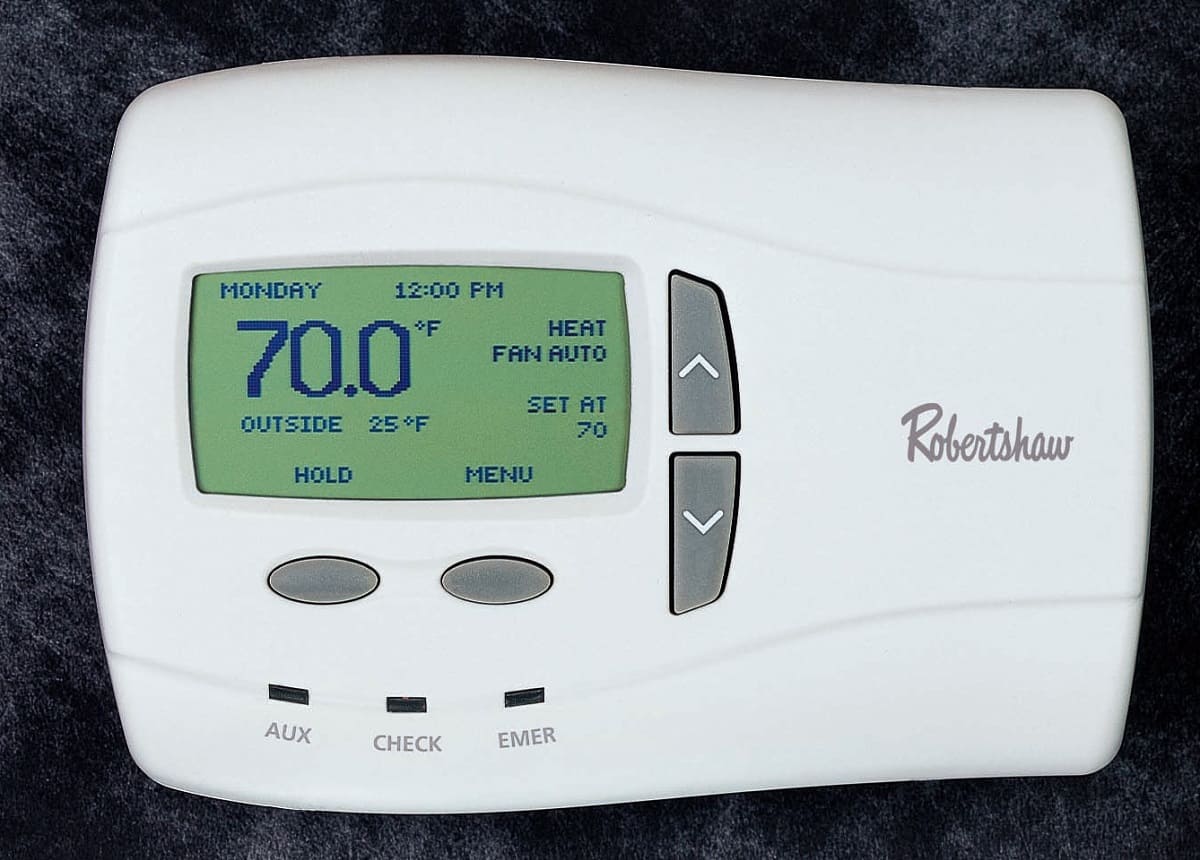
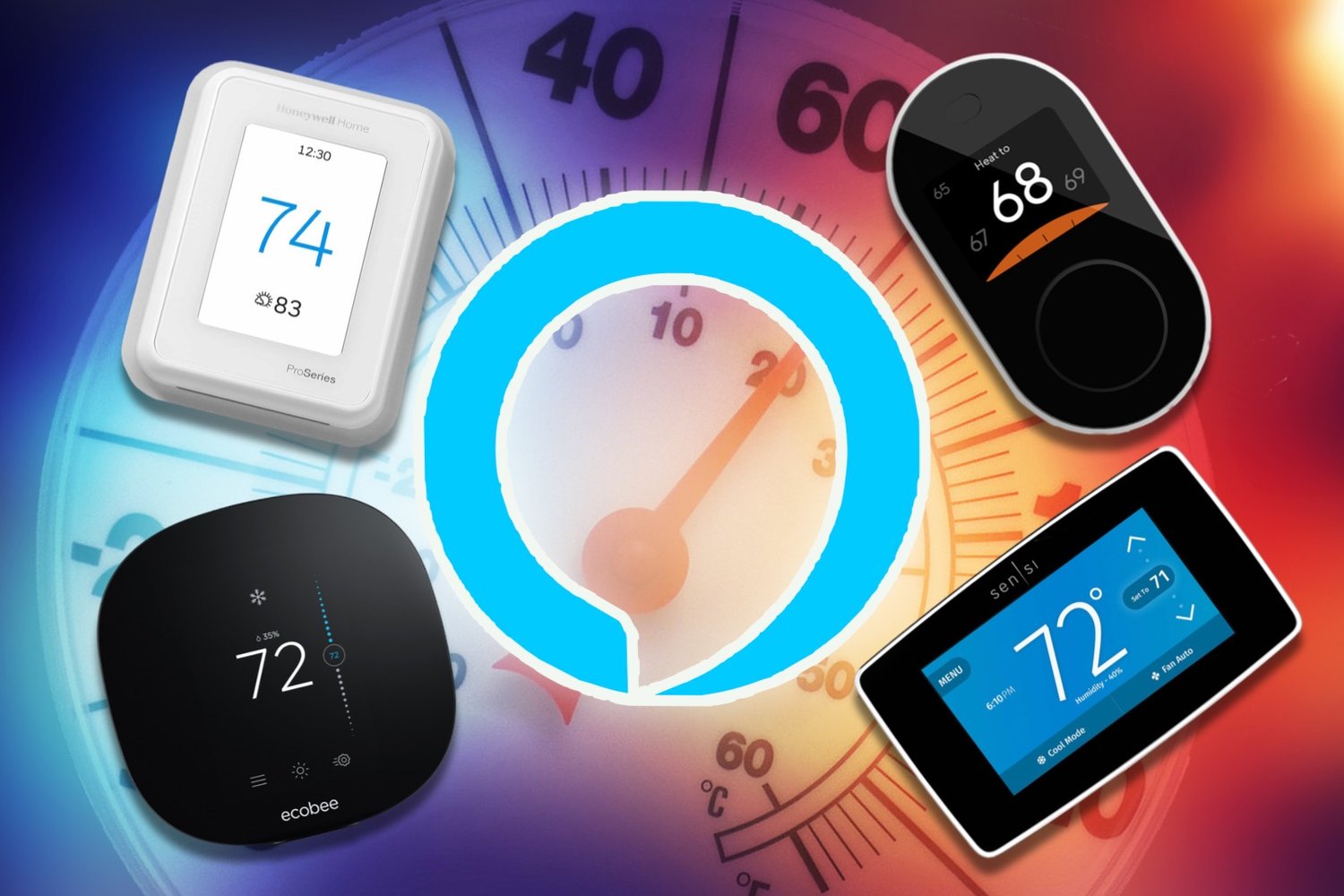
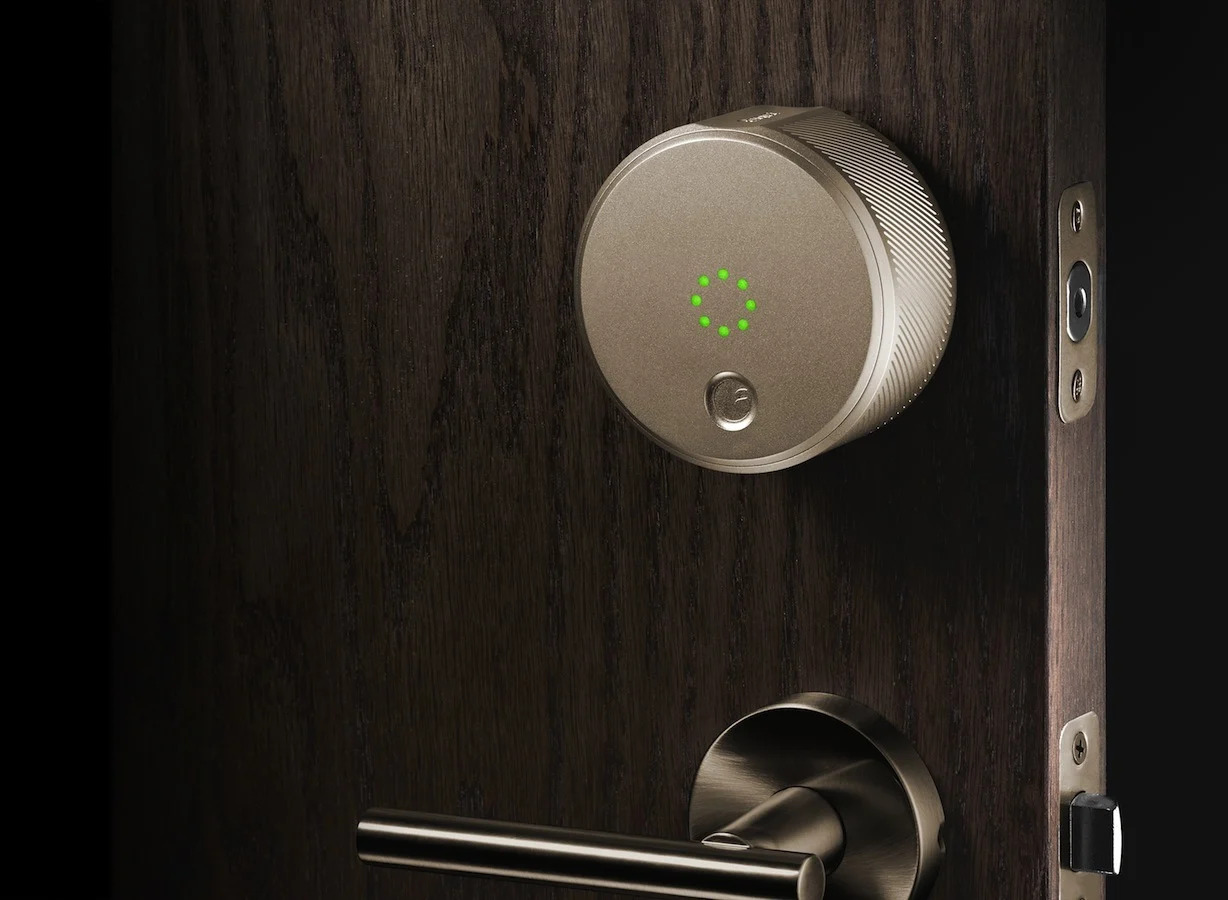
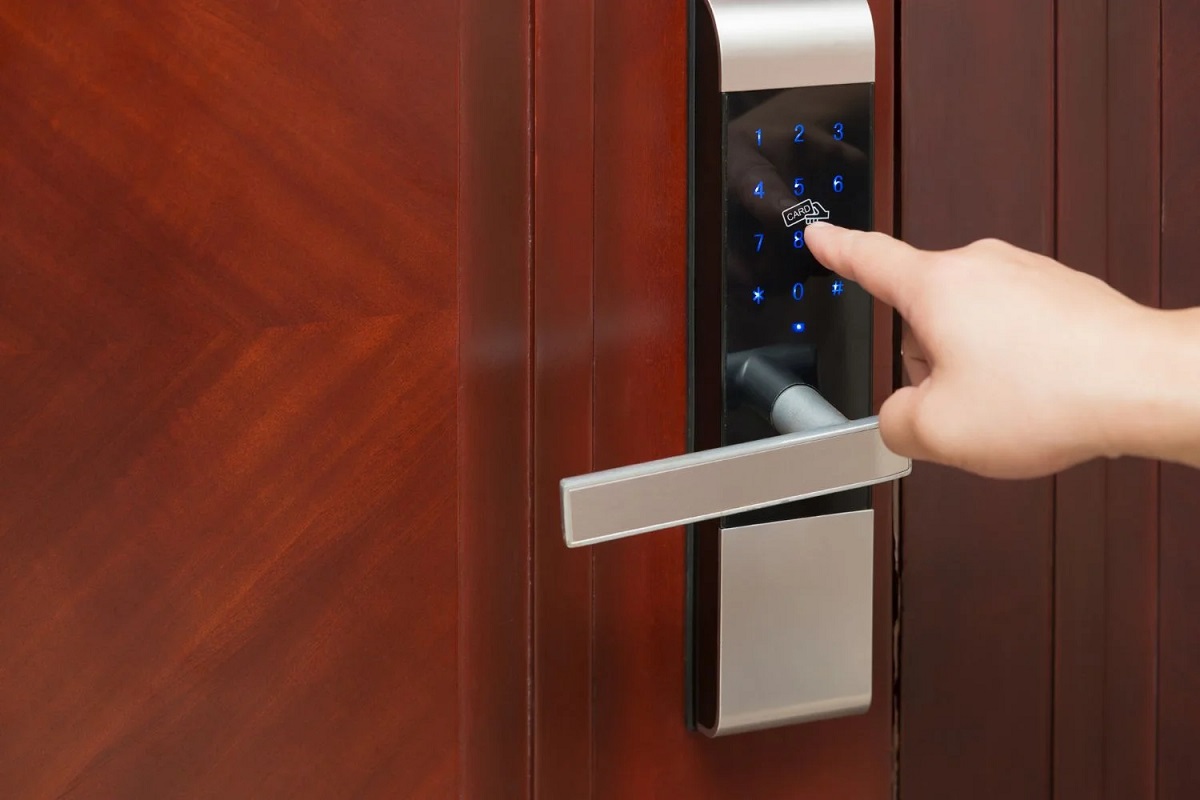
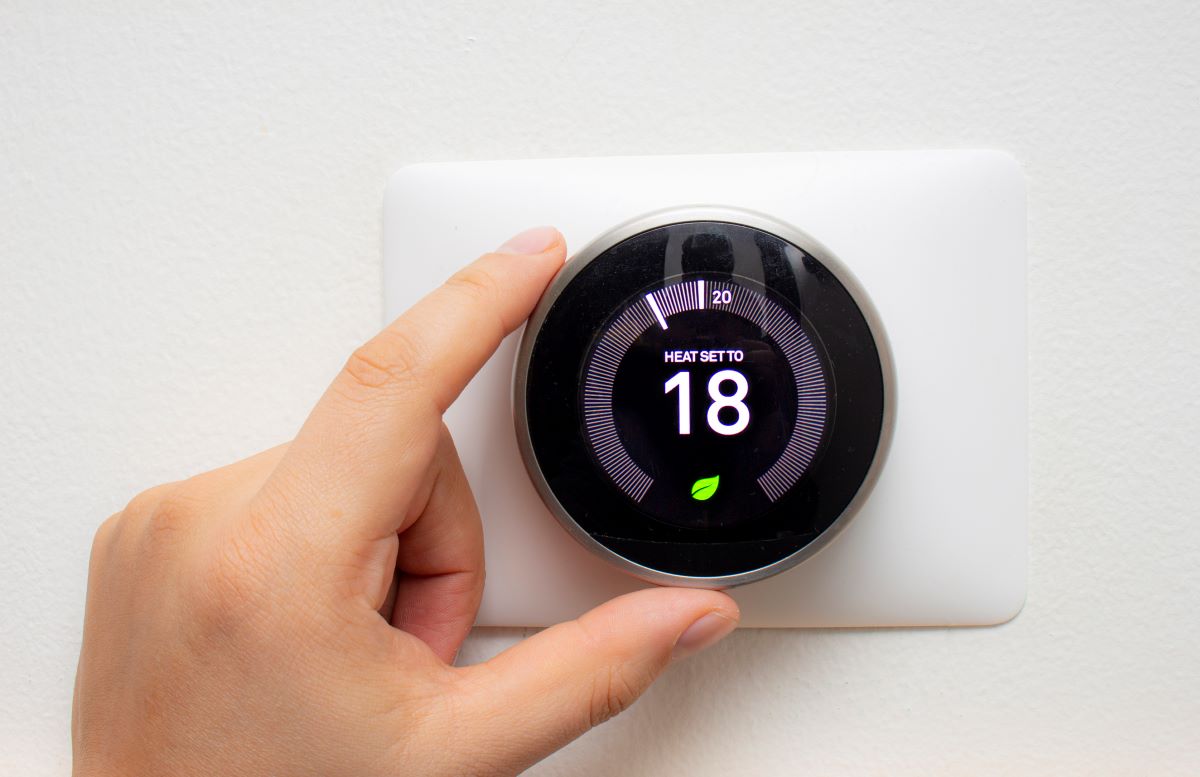
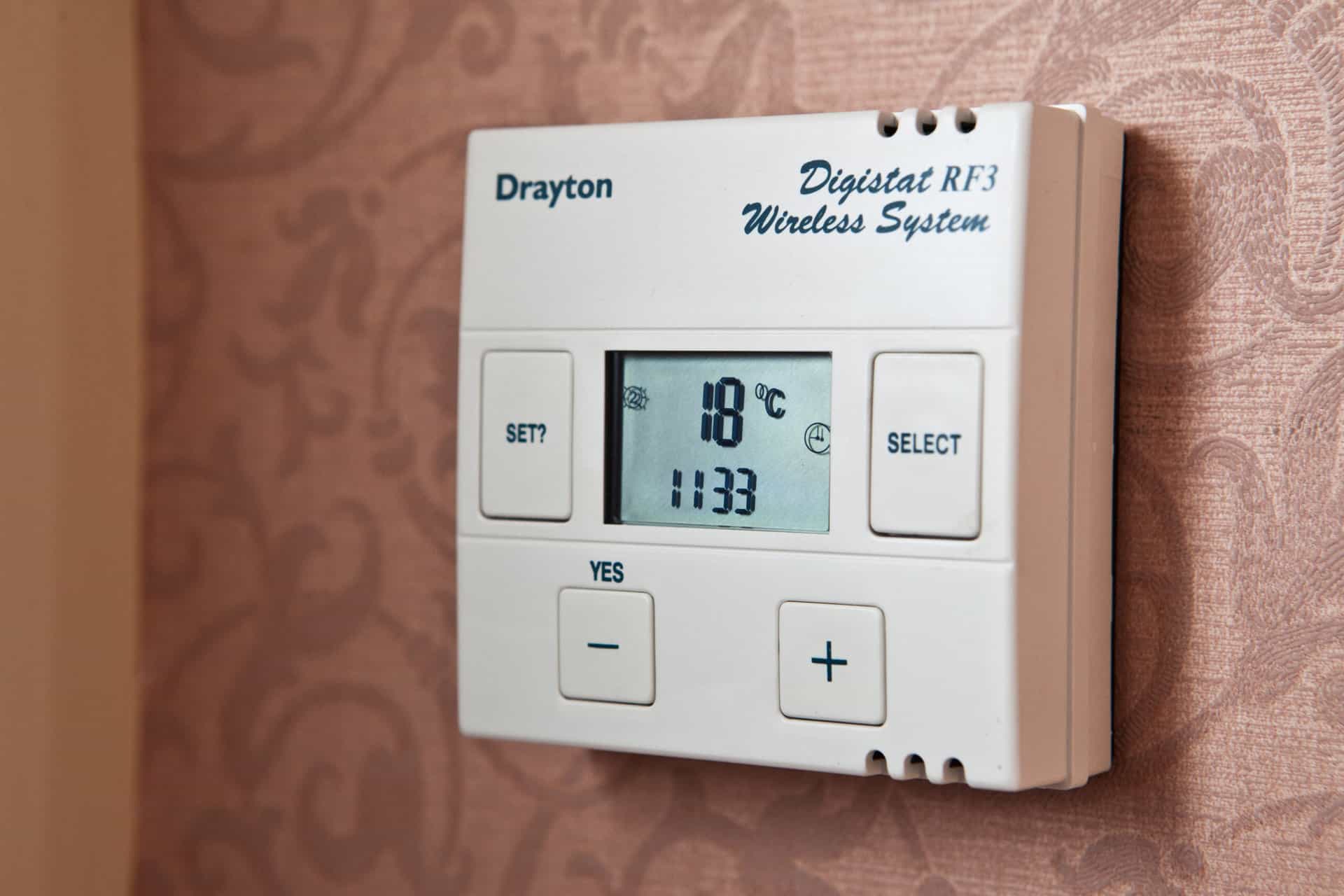
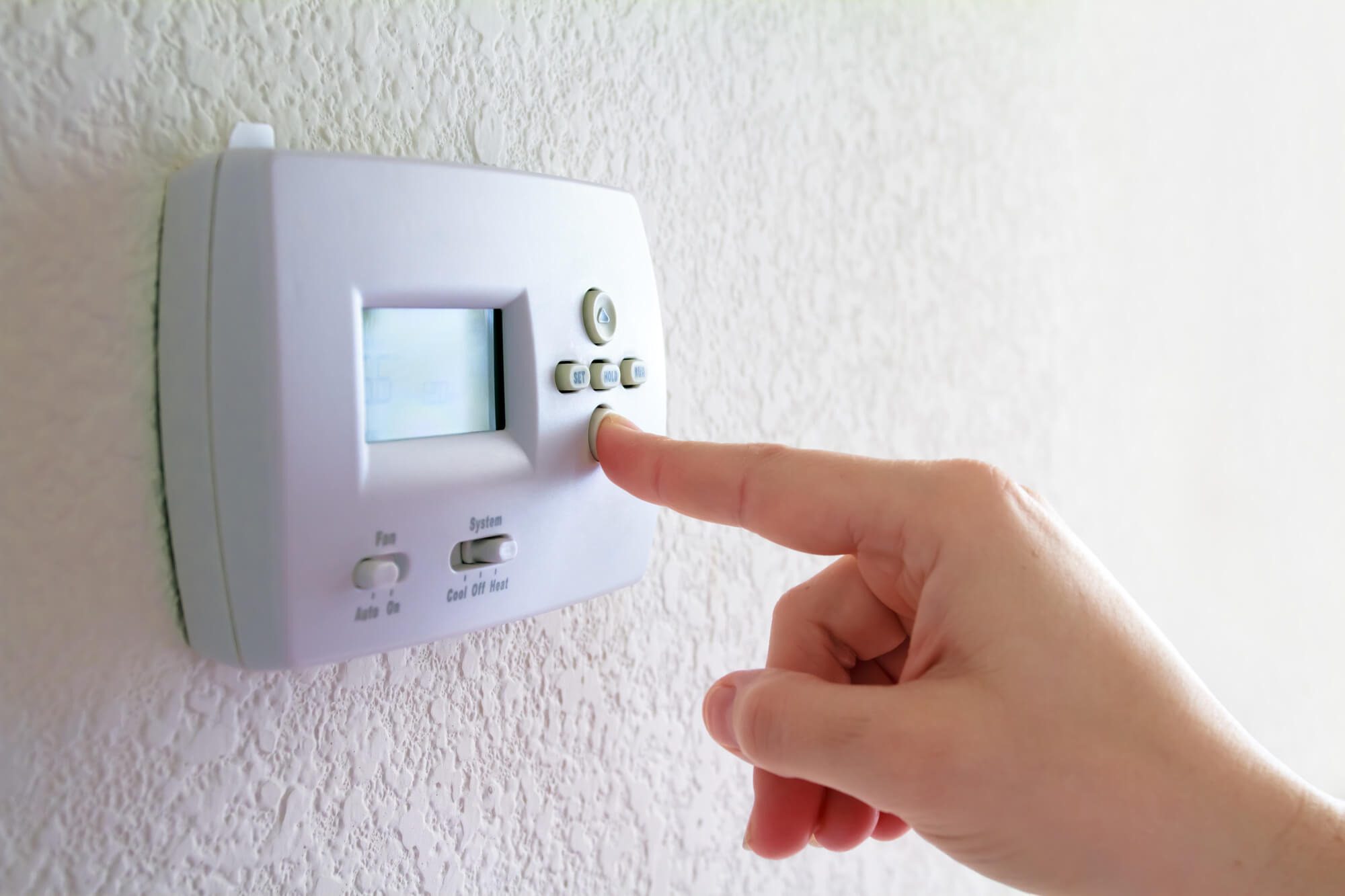
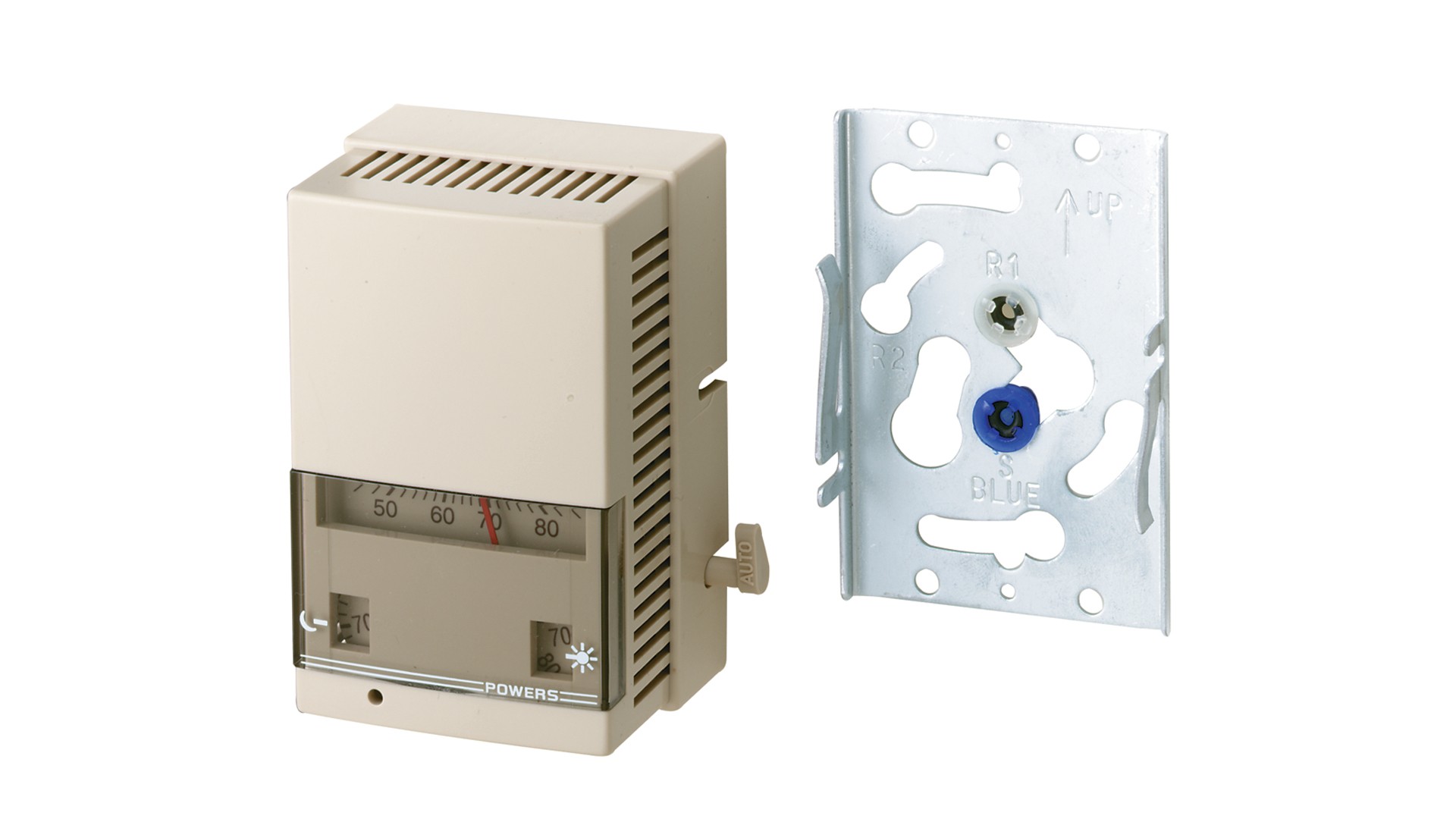
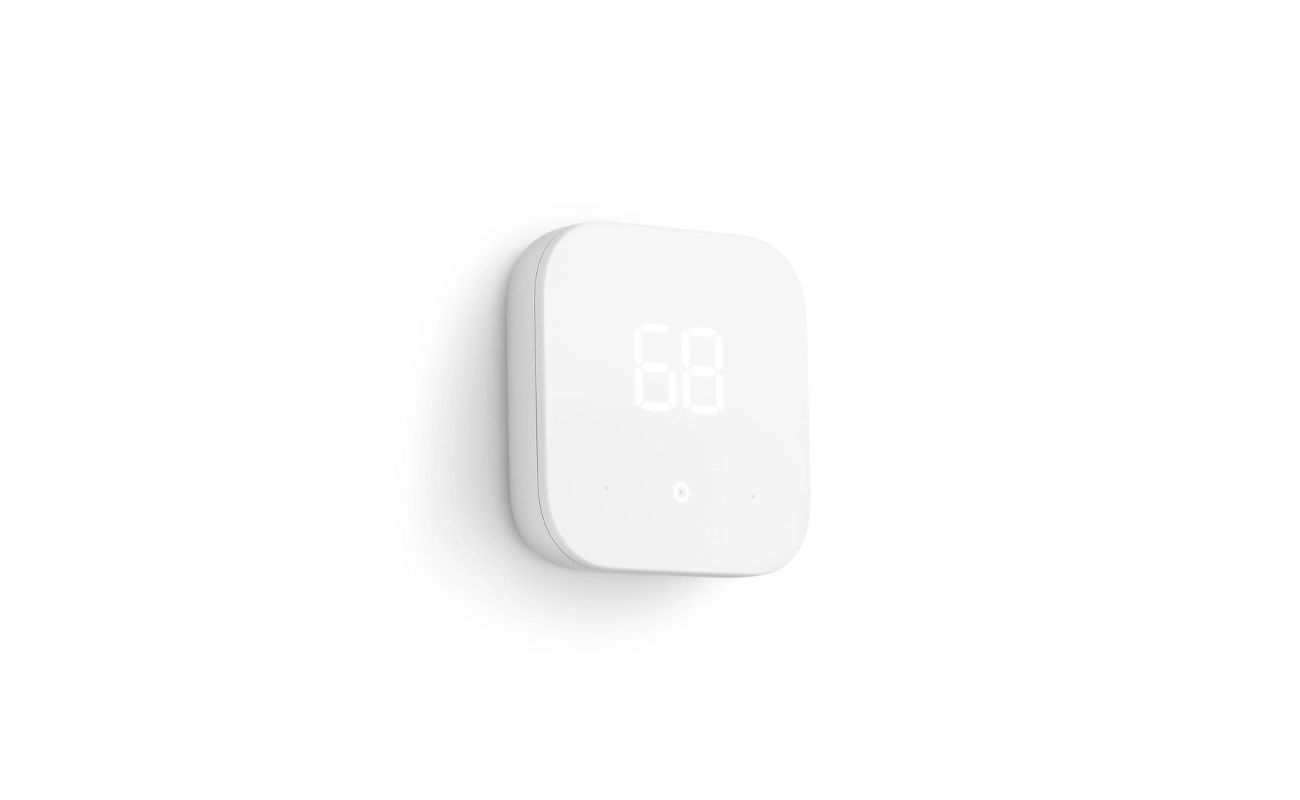
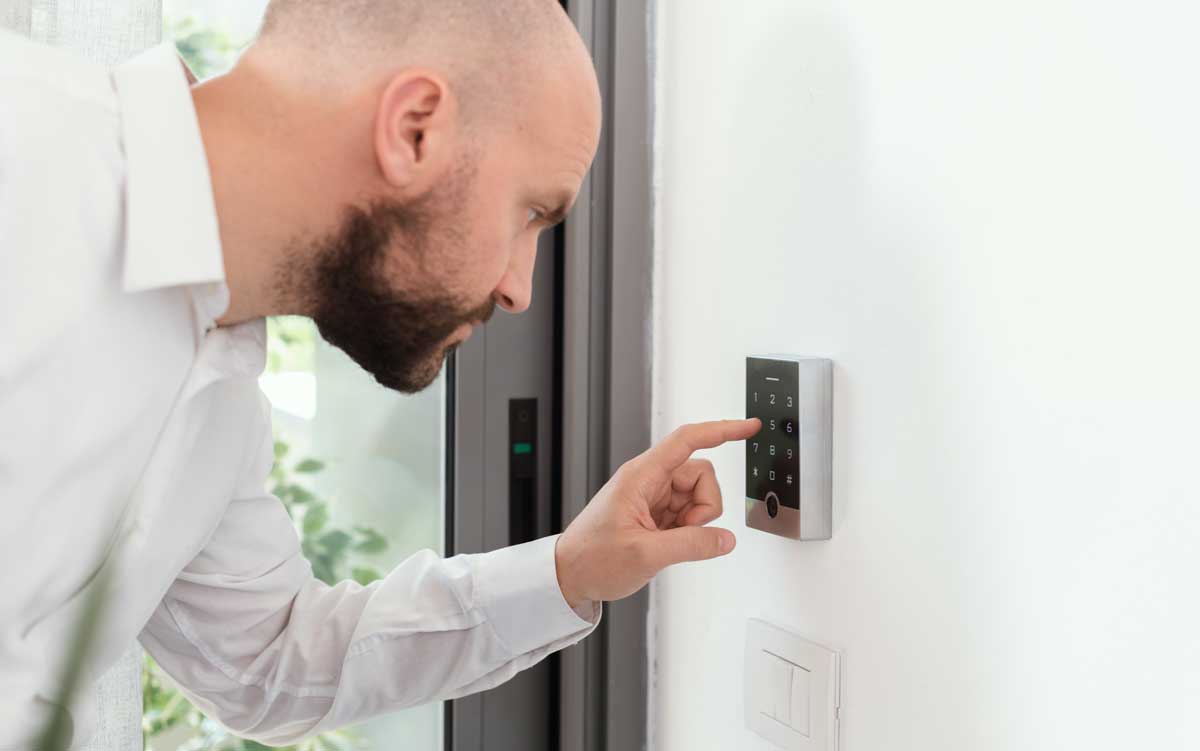
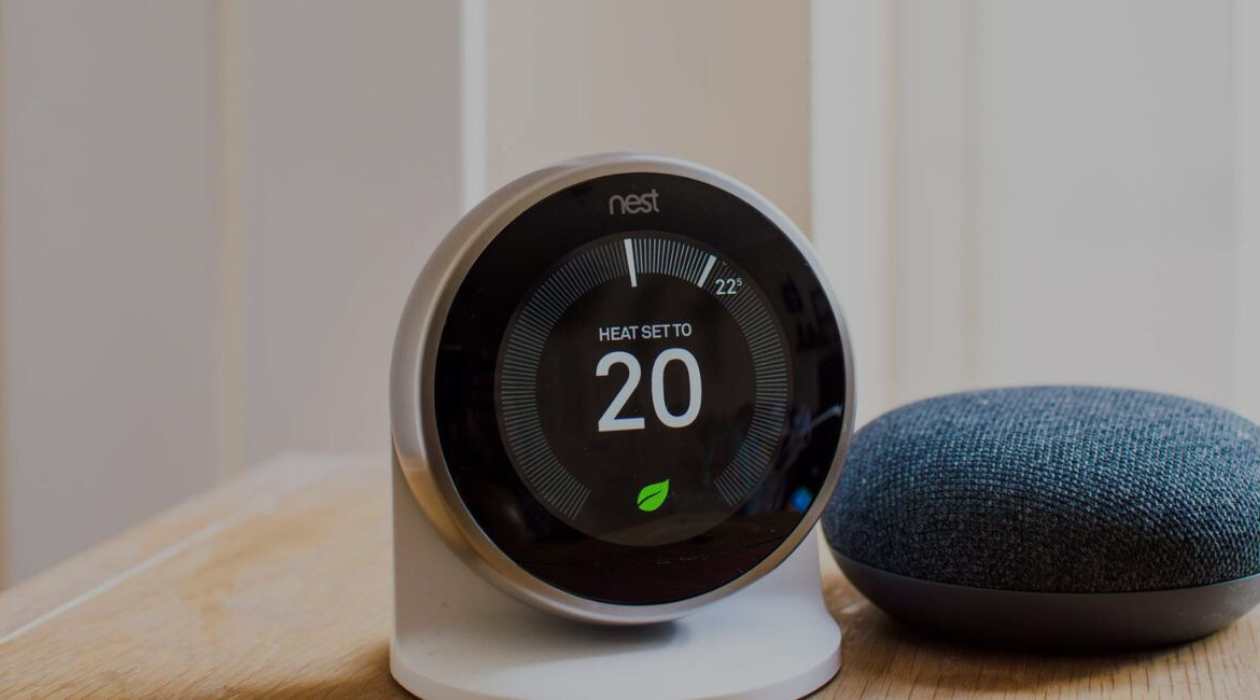

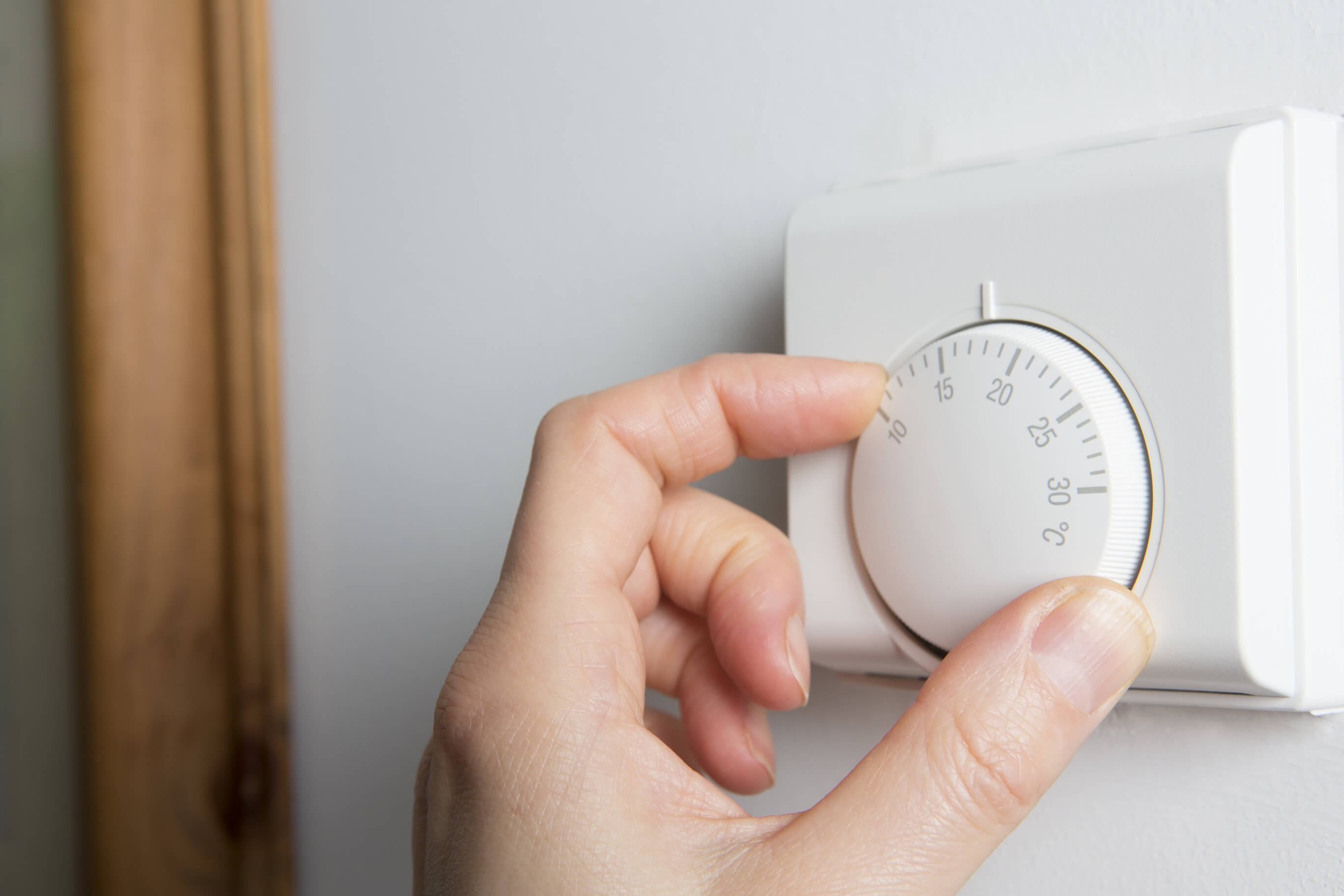

0 thoughts on “How Does A Smart Thermostat Work”